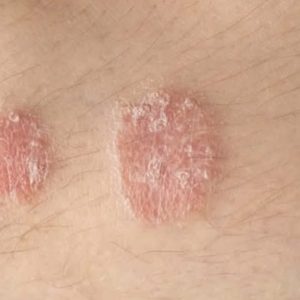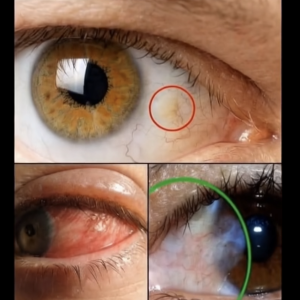Chin whiskers in women are more common than most realize. These hairs can be “fine and light” or “coarse and dark,” often influenced by hormones, genetics, or medical conditions. Experts note that “understanding the underlying causes of chin whiskers is very important for managing them effectively.”
Hormonal imbalances, such as those from polycystic ovary syndrome (PCOS) or menopause, can trigger excessive facial hair. “An imbalance or increased sensitivity to androgens” like testosterone often plays a key role. Genetics and ethnicity also matter—women of “Middle Eastern, Mediterranean, and South Asian descent” tend to experience more visible facial hair.
Medical issues like adrenal disorders, Cushing’s syndrome, or hypothyroidism may also contribute. Doctors advise women with sudden or rapid hair growth to seek evaluation for underlying health concerns.
The emotional toll can be significant. Many women report “self-consciousness and embarrassment,” anxiety, and negative body image due to societal expectations of smooth, hairless skin. However, body positivity movements are gradually helping to challenge these norms.
Management options include plucking, waxing, laser removal, or prescription creams like eflornithine. As one expert message concludes, “Whether you choose to remove the hair or embrace it, the decision should be based on what makes you feel comfortable and confident.”




